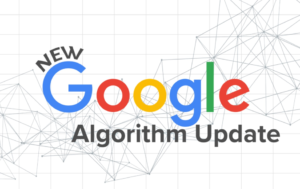Phase 1: Foundation Setup
- Keyword Research
- Identify SaaS-specific keywords (e.g., “best CRM software”, “project management tool for teams”)
- Focus on commercial intent keywords (solution-based, comparison, pricing queries)
- Use tools like Ahrefs, SEMrush, or AnswerThePublic
- Technical SEO Setup
- Ensure fast loading speed (optimize images, enable caching)
- Implement proper URL structure (clean, descriptive URLs)
- Set up SSL certificate (HTTPS)
- Create XML sitemap and submit to Google Search Console
- Optimize robots.txt file
- On-Page Optimization
- Optimize title tags (include primary keyword, brand name, under 60 chars)
- Write compelling meta descriptions (120-160 chars)
- Use header tags properly (H1, H2, H3 with keywords)
- Implement schema markup (Software Application schema)
- Optimize images (alt text, compressed files)
Phase 2: Content Strategy
- Create Pillar Content
- Develop comprehensive guides (“Ultimate Guide to [Your SaaS Category]”)
- Create comparison pages (“[Your Tool] vs [Competitor]”)
- Build pricing pages optimized for commercial queries
- Develop case studies and customer success stories
- Blog Content Creation
- Address pain points your SaaS solves
- Create “how-to” guides related to your software’s functionality
- Cover industry trends and insights
- Answer common customer questions
- Landing Page Optimization
- Create dedicated pages for each product feature
- Develop location-specific pages if applicable
- Optimize conversion elements alongside SEO
Phase 3: Authority Building
- Link Building Strategy
- Guest posting on industry blogs
- HARO (Help a Reporter Out) opportunities
- Create linkable assets (infographics, tools, calculators)
- Broken link building on relevant sites
- Partner with complementary SaaS companies for co-marketing
- Local SEO (if applicable)
- Google Business Profile optimization
- Local citations and directory listings
- Localized content creation
- Technical SEO Maintenance
- Regular site audits (monthly/quarterly)
- Fix broken links and 404 errors
- Monitor crawl budget and indexation
- Optimize internal linking structure
Phase 4: Ongoing Optimization
- Performance Tracking
- Set up Google Analytics and Search Console
- Monitor keyword rankings (focus on position improvements)
- Track organic traffic growth
- Analyze conversion rates from organic traffic
- Content Refresh
- Update old posts with new information
- Identify and improve underperforming content
- Expand top-performing content
- Competitor Analysis
- Monitor competitors’ SEO strategies
- Identify their ranking keywords you’re missing
- Analyze their backlink profile for opportunities
SaaS-Specific Tips:
- Focus on bottom-of-funnel keywords (comparisons, alternatives, pricing)
- Create detailed feature comparison pages
- Optimize for “best [category] software” type queries
- Leverage customer reviews and testimonials (great for E-A-T)
- Implement a robust FAQ section targeting question-based queries





